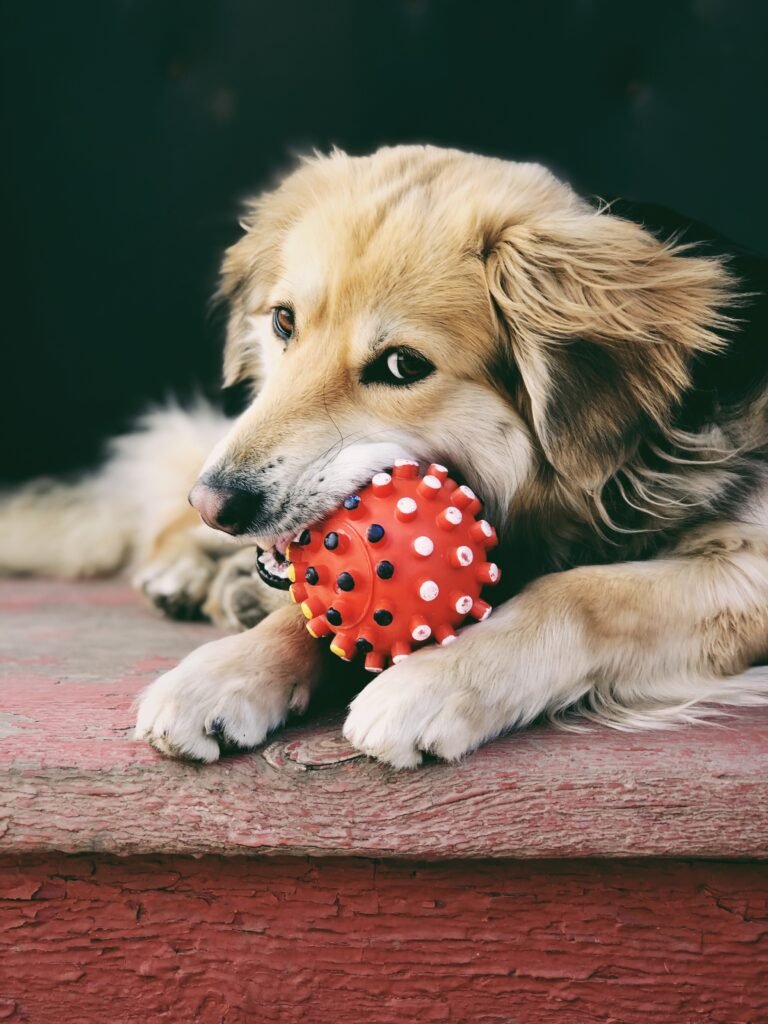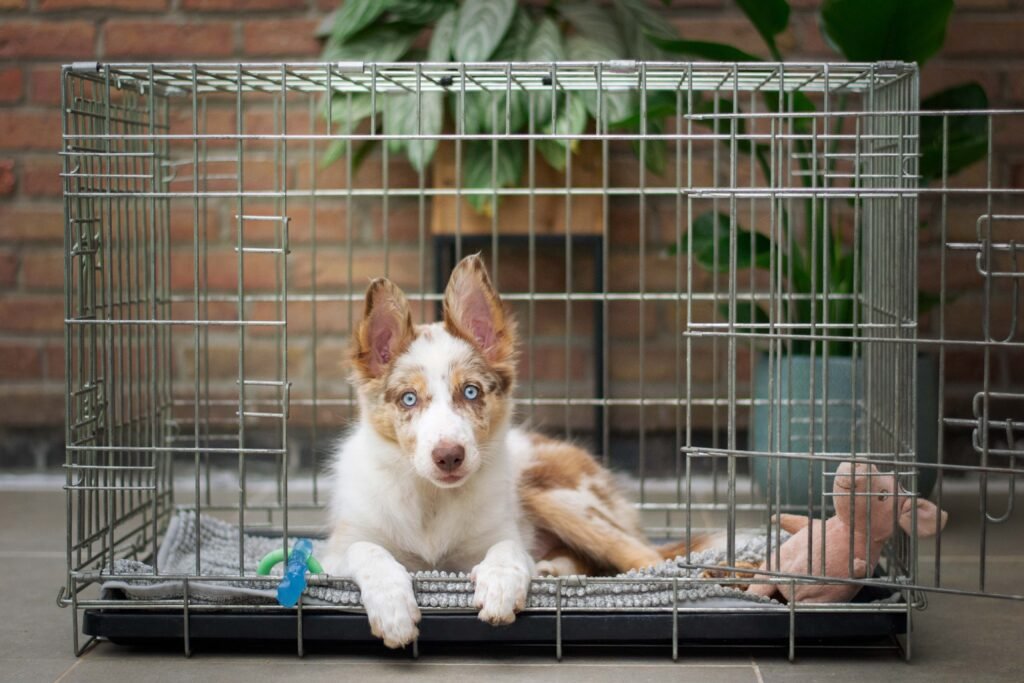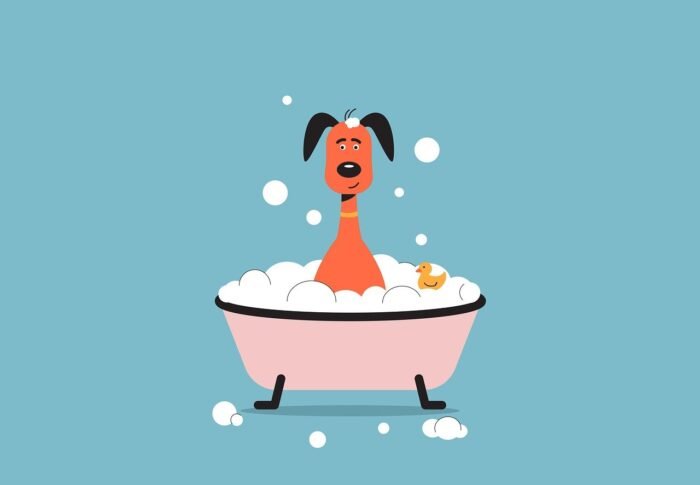
The Ultimate Guide to Crate Training Puppies
If you’re a puppy owner or soon to be one, you’re probably eager to learn about the best way to train your new furry friend. Look no further than “The Ultimate Guide to Crate Training Puppies.” This comprehensive guide covers everything you need to know to successfully crate train your pup, from understanding the benefits to step-by-step instructions on how to introduce and use the crate. Whether you’re a seasoned dog owner or a first-timer, this guide will provide you with all the tips and tricks you need to create a safe and comfortable space for your puppy to call their own.

This image is property of images.unsplash.com.
Find products like these on Amazon!
Choosing the Right Crate
Size of the Crate
When it comes to choosing the right crate for your puppy, size matters. The crate should be just big enough for your puppy to stand up, turn around, and lie down comfortably. If the crate is too large, your puppy may be tempted to use one end as a bathroom area, defeating the purpose of crate training. Remember, puppies grow quickly, so take into account the potential size your puppy may reach in the future when selecting the crate size.
Type of the Crate
There are various types of crates available, each with its own advantages. Wire crates are a popular choice as they provide good ventilation and visibility. Plastic crates, on the other hand, offer a more enclosed and secure environment for puppies who may need a cozier space. Soft-sided crates are lightweight and portable, making them convenient for travel. Consider your puppy’s needs and your lifestyle when selecting the type of crate that would be the best fit.
Location of the Crate
Choosing the right location for your puppy’s crate is essential for successful crate training. Place the crate in a quiet area of your home where your puppy can still feel like part of the family. Avoid placing the crate in high-traffic areas or near loud noises that may startle or disturb your puppy. Additionally, make sure the crate is placed away from any drafty areas to keep your puppy comfortable and cozy.
Introduction to Crate Training
Benefits of Crate Training
Crate training offers numerous benefits for both you and your puppy. Firstly, crates provide a safe and secure space for your puppy when you are unable to directly supervise them. It helps prevent destructive behavior and keeps your puppy out of harm’s way. Additionally, crate training can aid in potty training as puppies learn to associate the crate with their den and are less likely to soil it. Furthermore, crate training promotes good behavior, as puppies naturally seek a den-like environment for rest and relaxation.
When to Start Crate Training
Ideally, crate training should begin as soon as you bring your puppy home. This early start helps your puppy develop a positive association with the crate from the very beginning. However, it’s never too late to start crate training, as dogs are adaptable creatures. Whether your puppy is a few weeks old or a few months old, crate training can still be introduced successfully.
Setting Up the Crate
Before introducing your puppy to the crate, it’s important to make it a comfortable and inviting space. Line the bottom of the crate with a soft blanket or bedding to ensure your puppy has a cozy place to rest. It’s also a good idea to add a familiar-scented item, such as a piece of your clothing, to provide a sense of familiarity and comfort. Avoid placing any toys or chewable items that your puppy could potentially swallow or choke on. Once the crate is set up, it’s time to move on to familiarizing your puppy with this new environment.
Find products like these on Amazon!
Familiarizing Your Puppy with the Crate
Creating a Positive Association
To help your puppy view the crate as a positive space, it’s important to create a positive association right from the start. Start by leaving the crate door open and allowing your puppy to explore it at their own pace. Place treats or toys near and inside the crate to entice your puppy to venture inside. Praise and reward your puppy whenever they willingly enter the crate, reinforcing the idea that the crate is a safe and rewarding place to be.
Feeding Your Puppy in the Crate
Another effective way to create a positive association with the crate is to feed your puppy inside the crate. Begin by placing your puppy’s food bowl near the crate, gradually moving it closer each day until it is placed inside the crate. This helps your puppy associate the crate with a positive and rewarding experience. During mealtime, close the crate door for short periods, gradually increasing the duration as your puppy becomes more comfortable.
Leaving the Crate Door Open
To further acclimate your puppy to the crate, leave the door open while they are inside. This allows your puppy to come and go as they please, preventing any feelings of confinement or isolation. Initially, you may need to place treats, toys, or bedding inside the crate to entice your puppy to stay inside. Over time, your puppy will naturally start to view the crate as a comfortable and safe resting place.
Introducing Crate Training
Step-by-Step Approach
Introducing crate training to your puppy should be a gradual process. Start by encouraging your puppy to enter the crate using treats or toys, and then close the door for short periods, gradually increasing the duration. Stay in the room with your puppy initially, providing reassurance and comfort. Slowly start to leave the room for short intervals, gradually increasing the time you are away. This step-by-step approach allows your puppy to adjust to being alone in the crate without feeling anxious or distressed.
Positive Reinforcement
Positive reinforcement is a key component of successful crate training. Whenever your puppy willingly enters or stays in the crate, provide verbal praise, treats, or toys as rewards. This positive association helps your puppy understand that good things happen when they are in the crate. Avoid using the crate as a form of punishment, as this can create negative associations and hinder the training process.
Avoiding Negative Associations
It’s important to ensure that your puppy does not develop any negative associations with the crate. Avoid using the crate as a place of isolation or punishment, as this can lead to fear and anxiety. Never force your puppy into the crate or use physical force to make them comply. Allow your puppy to enter and exit the crate willingly and at their own pace. By creating a positive and safe environment, your puppy will be more receptive to crate training.

This image is property of images.unsplash.com.
Establishing a Routine
Scheduled Feeding
Establishing a routine is crucial for successful crate training. Feed your puppy at regular intervals throughout the day, rather than leaving food out for them to graze on. By feeding your puppy on a schedule, you can predict when they will need to eliminate and take them outside accordingly. This routine helps regulate your puppy’s digestive system and prevents accidents inside the crate.
Designated Potty Times
In addition to scheduled feeding, establishing designated potty times is essential for successful crate training. Take your puppy outside to eliminate upon waking up in the morning, after meals, after playtime, and before bedtime. By consistently taking your puppy to the same area outside, they will learn to associate that spot with potty time. This routine helps prevent accidents inside the crate and reinforces good potty training habits.
Exercise and Play
Regular exercise and play are vital for keeping your puppy happy and healthy, as well as aiding in the crate training process. Make sure your puppy gets plenty of exercise to burn off excess energy and prevent restlessness in the crate. Engage in interactive play sessions to stimulate your puppy both mentally and physically. A tired puppy is more likely to settle down and relax in the crate, making crate training easier for both of you.
Building Gradual Confinement
Using Treats and Toys
As your puppy becomes more comfortable with the crate, you can start building gradual confinement by closing the crate door for longer periods. To make this transition easier, provide your puppy with treats or toys to keep them occupied while inside the crate. Kong toys stuffed with treats or puzzle toys can be particularly effective in keeping your puppy mentally stimulated during longer confinement periods.
Increasing Confinement Time
Once your puppy is comfortable with short periods of confinement, gradually increase the duration. Start by closing the crate door for a few minutes, then gradually extend the time to 10 minutes, 20 minutes, and so on. Always monitor your puppy’s behavior during confinement and make adjustments accordingly. If your puppy becomes anxious or distressed, go back to shorter confinement periods and gradually increase again when they are ready.
Gradual Separation
In addition to increasing the duration of confinement, it’s important to gradually introduce separation from your puppy. Start by leaving the room for short intervals, gradually increasing the time you are away. This helps your puppy learn to be alone in the crate without experiencing separation anxiety. Initially, you may need to provide a comforting item, such as a blanket or a piece of clothing with your scent, to help ease your puppy’s anxiety during separation.

This image is property of images.unsplash.com.
Dealing with Whining and Crying
Possible Causes
Whining and crying is a common behavior exhibited by puppies during crate training. It’s important to identify the possible causes of whining and address them accordingly. Your puppy may be whining because they need to go outside to eliminate, are feeling anxious or scared, or simply want attention. Understanding the underlying reasons behind the whining can help you respond appropriately and effectively.
Addressing Separation Anxiety
If your puppy exhibits excessive whining or crying when left alone in the crate, it may be a sign of separation anxiety. Separation anxiety occurs when puppies become anxious or distressed when separated from their owners. To address separation anxiety, gradually increase the duration of alone time in the crate while providing comforting items, such as your scent, favorite toys, or calming music. Consult with a professional trainer or behaviorist for additional guidance if your puppy’s separation anxiety persists.
Comforting Techniques
To comfort your puppy during crate training, you can use techniques that help alleviate their anxiety or fear. Place a blanket over the crate to create a den-like atmosphere, providing a sense of security. Use a ticking clock or a white noise machine to mimic the comforting sounds your puppy heard when they were with their littermates. Additionally, leaving an item with your scent, such as a worn t-shirt, can provide reassurance and make your puppy feel more at ease.
Midnight Breaks for Potty Training
Determining Necessary Breaks
Puppies have small bladders and may need to relieve themselves during the night. The frequency of necessary midnight breaks will depend on your puppy’s age, breed, and individual needs. Generally, puppies can hold their bladder for approximately one hour per age in months. For example, a three-month-old puppy may need a midnight break every three hours. Observe your puppy’s behavior and adjust the frequency of breaks accordingly.
Quietly Taking Them Outside
When taking your puppy outside for a midnight potty break, keep things calm and quiet. Avoid excessive stimulation or play that may distract your puppy and delay their elimination. Use a designated area in your yard and give your puppy a specific cue, such as “go potty,” to associate with this nighttime routine. Keep the lights low to maintain a calm environment and shorten the duration of the break to minimize disruption to both your puppy’s sleep and yours.
Returning to Crate
Once your puppy has completed their midnight potty break, calmly and quietly lead them back to the crate. Avoid engaging in play or providing excess attention, as this may signal to your puppy that it’s time to be awake and active. Provide a few minutes of calm reassurance and then allow your puppy to settle back into the crate. By maintaining a consistent routine and minimizing interaction, you reinforce the idea that nighttime is for rest rather than play or attention.
Progressing to Alone Time in the Crate
Leaving the Room for Short Intervals
Once your puppy has become comfortable with brief periods of confinement, you can begin to leave the room for short intervals. Start by stepping out of sight for a few seconds, then return and praise your puppy for staying calm and relaxed in the crate. Gradually increase the duration of your absence, always returning to reward your puppy for good behavior. This process helps your puppy build confidence and learn to tolerate being alone in the crate.
Increasing Alone Time Gradually
As your puppy becomes more accustomed to being alone in the crate, continue increasing the duration of your absences. Start by leaving for a minute, then gradually extend the time to five minutes, ten minutes, and so on. Vary the length of your absences to prevent your puppy from developing an expectation of your return based on a specific timeframe. This gradual progression allows your puppy to develop independence and adapt to longer periods of alone time.
Ignoring Attention Seeking Behavior
During crate training, it’s common for puppies to display attention-seeking behavior, such as barking, whining, or pawing at the crate door. It’s important not to reinforce this behavior by giving in to your puppy’s demands for attention. Instead, wait for a moment of calm and quiet before returning to the room or providing any form of interaction. By ignoring attention-seeking behavior, you teach your puppy that quiet and calm behavior is rewarded, while excessive noise or pawing is not.
Troubleshooting Common Issues
Excessive Barking or Howling
If your puppy exhibits excessive barking or howling while in the crate, it’s important to address this behavior promptly. Excessive vocalization can be a sign of anxiety or distress. To discourage barking or howling, avoid giving your puppy attention or letting them out of the crate while they are engaging in this behavior. Instead, wait for a moment of silence before providing any form of interaction. If the excessive barking continues, consult with a professional trainer or behaviorist for guidance.
Chewing or Digging in the Crate
Some puppies may resort to chewing or digging in the crate out of boredom or frustration. To prevent this behavior, provide your puppy with appropriate chew toys and engage in regular interactive play sessions. Make sure the crate is stocked with stimulating toys, such as puzzle toys or treat-dispensing toys, to keep your puppy mentally engaged. If your puppy continues to exhibit destructive behavior, consider consulting with a professional trainer who can help address and redirect the chewing or digging instinct.
Escaping or Fear of the Crate
In some cases, puppies may attempt to escape from the crate or show fear towards it. This may indicate that the crate is not the right fit for your puppy or that they require additional support in becoming comfortable with it. Ensure that the crate is securely closed and that there are no sharp edges or objects that may cause injury. You can try using positive reinforcement techniques, such as treats or praise, to encourage your puppy to enter and stay in the crate. If your puppy continues to exhibit fear or escape attempts, consult with a professional trainer to address these specific concerns.
In conclusion, crate training is an effective and beneficial method for housetraining puppies and providing them with a safe and comfortable space. By choosing the right crate, familiarizing your puppy with it, introducing crate training gradually, establishing a routine, and addressing any challenges along the way, you can ensure a positive crate training experience for both you and your furry companion. Remember to approach the process with patience, consistency, and plenty of positive reinforcement, and soon your puppy will view the crate as their very own den. Happy crate training!
Find products like these on Amazon!
- Choosing the Right Crate
- Introduction to Crate Training
- Familiarizing Your Puppy with the Crate
- Introducing Crate Training
- Establishing a Routine
- Building Gradual Confinement
- Dealing with Whining and Crying
- Midnight Breaks for Potty Training
- Progressing to Alone Time in the Crate
- Troubleshooting Common Issues







-
-
1 day
Tagged Crate training, Nighttime Routine, positive reinforcement, Puppy training